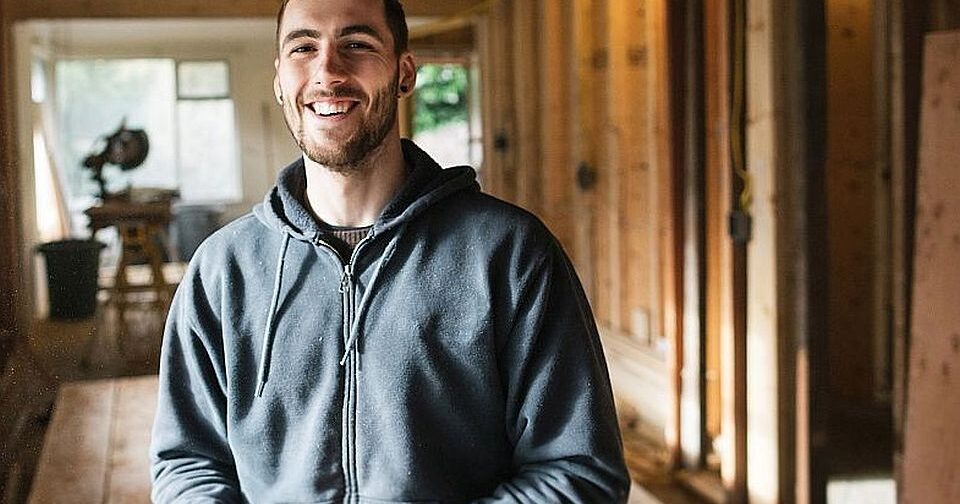-
Identifying the tumor
-
Salivary gland cancer isn’t very common, but the prognosis is often serious. Diagnosing these tumors is also a complex matter. Pathologist Niels Rupp wants to improve the diagnostics with a new test so that every patient gets the best possible treatment, even more quickly.
-
 «The new analysis improves the therapy.»
«The new analysis improves the therapy.»Rafael Hofer* was only 29 when he discovered a small lump on his jaw. The diagnosis was devastating: salivary gland cancer. While this kind of tumor is fairly rare, it can strike anybody, from babies to old people. In Switzerland around 200 people a year get salivary gland cancer, with a disproportionate number of younger people affected. The cancer can metastasize, and the prognosis can be serious. Surgery can paralyze the facial muscles, which is very debilitating.
Rafael Hofer has to have his tumor surgically removed. It’s still not clear how much of the tissue will have to be cut out. In most cases, it only becomes apparent how aggressive the tumor is during the examination after the operation: “There are around 25 forms of salivary gland cancer. Often it’s hard to distinguish malignant from benign tumors,” explains Niels Rupp from the Institute of Pathology and Molecular Pathology at University Hospital Zurich (USZ).
This makes diagnosis complex and labor-intensive: a tissue sample from the operation is examined under the microscope to classify the tumor cells by their shape and appearance. In addition to this, it’s often necessary to run various molecular tests on the tumor genes.
Pathologist Niels Rupp wants to speed up and improve this drawn-out process. He’s developing a test involving a single analysis that recognizes all the typical genetic changes, and should be able to precisely determine the type of salivary gland cancer.
This will be a great relief for patients, who’ll get a more accurate diagnosis more quickly. A small tap before surgery should be sufficient to collect the necessary tissue sample. Thanks to the more precise diagnosis, it will be possible to adjust the therapy even more specifically to each patient.
Niels Rupp’s work is supported by a donation from the Iten Kohaut Foundation to the USZ Foundation. His aim: “Those affected should be able to come to USZ for optimal treatment based on the latest science.” This means even better support for patients like Rafael Hofer. Fortunately his tumor wasn’t aggressive and could be removed.
*anonymized
-
100% financed

-
-
Project management
-
-

Dr. Niels Rupp
Attending Physician
Institute of Pathology and Molecular Pathology
University Hospital Zurich
-
-
Collaboration
-
-
Department of Otorhinolaryngology, Head and Neck Surgery, University Hospital Zurich
Department of Nuclear Medicine, University Hospital Zurich
-
-
Supporting partner
-
-
Iten Kohaut Foundation
